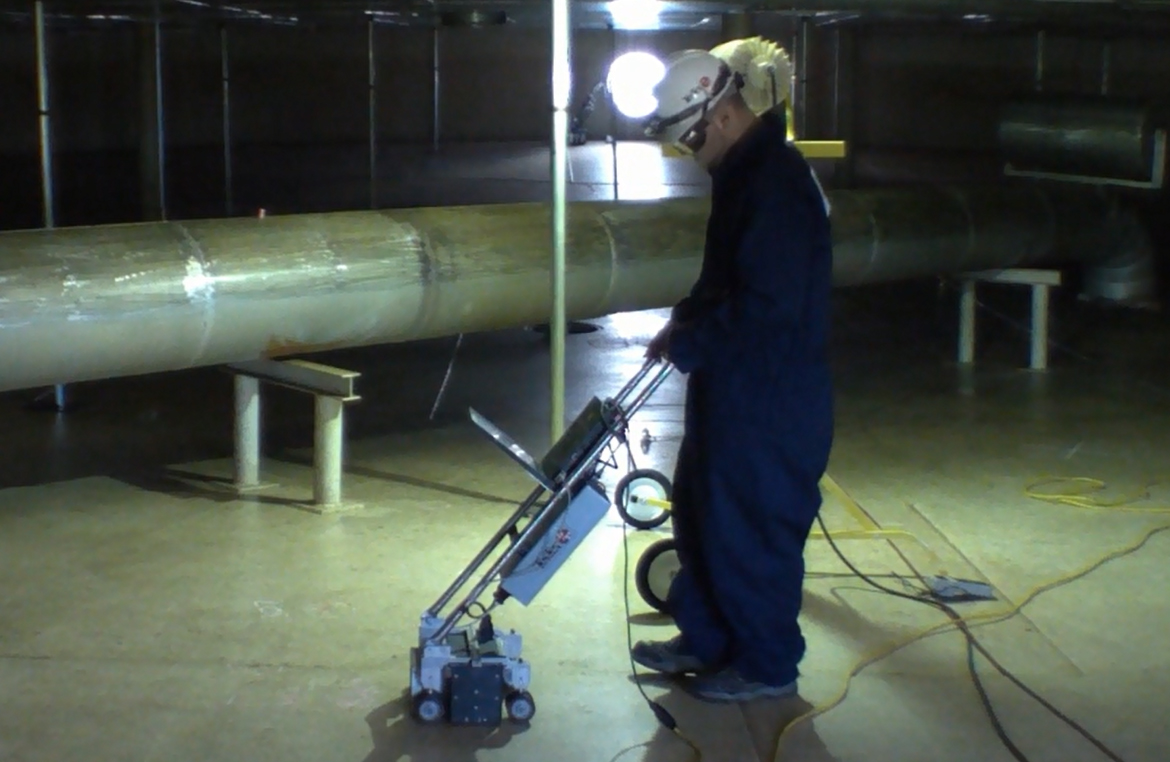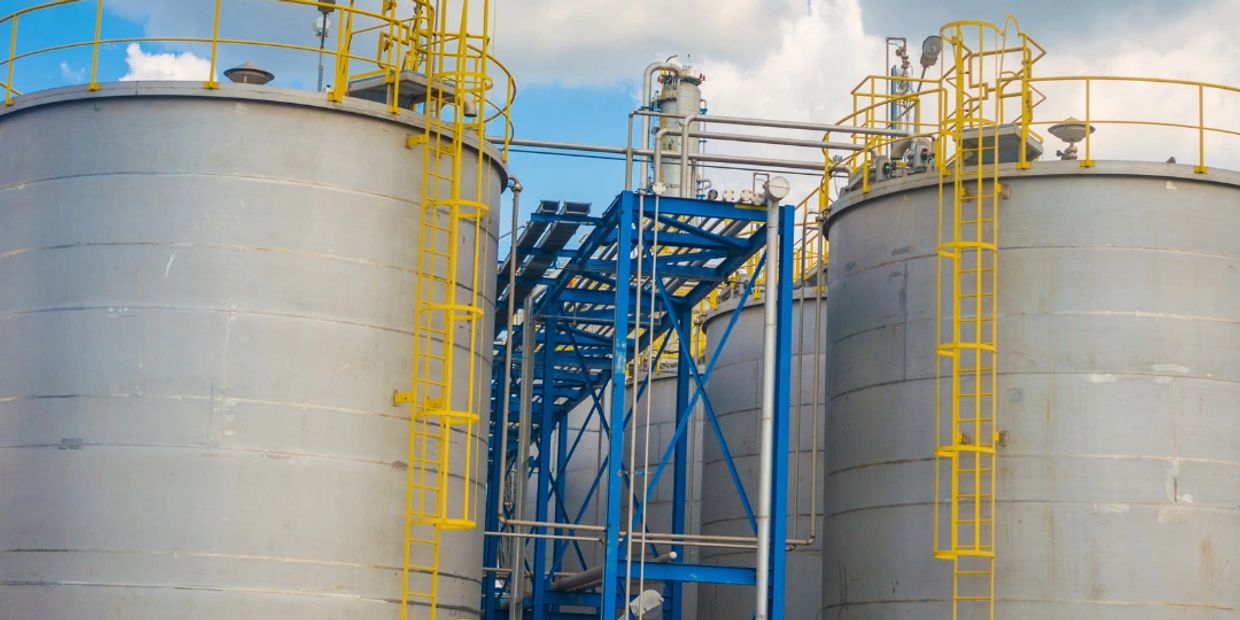Tank Welding Inspection: Making Sure Long-Term Toughness and Safety
Tank Welding Inspection: Making Sure Long-Term Toughness and Safety
Blog Article
A Comprehensive Overview of Container Welding Inspection Specifications and Methodologies for Improved Weld Quality and Performance
The significance of welding inspection criteria in the production of containers can not be overemphasized, as they offer as the foundation for ensuring weld integrity and operational dependability. Different assessment methods, consisting of aesthetic assessments and progressed non-destructive screening methods, are essential in identifying potential imperfections that might endanger performance. Additionally, adhering to governing standards not only improves weld high quality yet additionally mitigates the danger of expensive failings. As we discover the nuances of these techniques, it ends up being crucial to take into consideration how a systematic method can reinvent current practices and bring about substantial renovations in outcomes.
Importance of Welding Inspection Standards

Welding assessment criteria include a series of standards, including product specifications, welding treatments, and credentials of personnel associated with the welding process. By applying these requirements, companies can methodically identify and remedy prospective flaws, therefore lowering the chance of pricey repairs or catastrophic failings. Extensive evaluation methods foster a society of accountability and accuracy, urging welders to maintain high degrees of workmanship.

Usual Welding Evaluation Strategies


Ultrasonic Testing (UT) is an additional common strategy, utilizing high-frequency acoustic waves to detect internal problems that may not show up on the surface. This approach is especially efficient for identifying gaps or incorporations within the weld steel. Magnetic Fragment Examining (MT) is additionally extensively utilized, particularly for ferromagnetic materials, as it reveals surface area and near-surface issues via the application of electromagnetic fields and ferrous particles.
Additionally, Fluid Penetrant Screening (PT) detects surface-breaking flaws by using a penetrant to the weld and then utilizing a programmer to extract the penetrant. Each of these techniques contributes to an extensive inspection strategy, making certain that welds fulfill the rigorous top quality standards called for in storage tank building.
Governing Requirements and Conformity
Regulative standards and compliance are essential parts in guaranteeing the safety and dependability of bonded structures in tank building and construction - Tank Welding Inspection. These standards offer to establish minimum demands for material residential properties, welding procedures, and evaluation practices, consequently minimizing the danger of architectural failures and enhancing general performance
Secret organizations, such as the American Culture of Mechanical Engineers (ASME) and the American Welding Society (AWS), provide guidelines that are commonly taken on in the industry. Conformity with these requirements not just guarantees adherence to best techniques yet additionally fulfills lawful and legal obligations, safeguarding the rate of interests of stakeholders.
Regulatory bodies frequently mandate adherence to certain codes, such as ASME Code Section IX for welding certifications and API 650 for bonded containers. These codes lay out requirements for welding methods, credentials of personnel, and testing methods to validate weld integrity.
Regular audits and assessments are crucial to preserving conformity, as they help identify deviations from established criteria. Non-compliance can cause significant penalties, job delays, and safety hazards. Therefore, a robust understanding of governing standards and a commitment to conformity are extremely important in attaining premium and resilient bonded container frameworks.
Non-Destructive Evaluating Methods
Just how can the honesty of welded structures be guaranteed without triggering damages? Non-destructive screening (NDT) approaches provide a durable remedy, enabling examiners to review weld quality without endangering the product - Tank Welding Inspection. Amongst the most common NDT strategies are ultrasonic screening (UT), radiographic screening (RT), magnetic particle testing (MT), and dye penetrant screening (PT)
Radiographic screening involves passing X-rays or gamma rays through the weld, producing images that expose structural issues such as splits or voids. This method is vital for examining the stability of complicated welds.
Magnetic fragment testing is suited for ferromagnetic materials, where magnetic areas expose surface area and near-surface discontinuities. Dye penetrant testing makes use of a liquid color to highlight surface-breaking defects, making it an effective technique for non-porous materials.
Each of these NDT methods has distinctive benefits, permitting extensive assessments tailored to details materials and welding processes. By carrying out these strategies, sectors can ensure the integrity and safety of bonded structures, inevitably improving overall efficiency.
Enhancing Weld High Quality With Inspection
Reliable assessment plays a crucial role in boosting weld top quality, working as a crucial checkpoint in the manufacture procedure. By recognizing potential defects early, evaluations reduce the danger of compromised architectural honesty and ensure compliance he has a good point with sector requirements. Using a combination of aesthetic exams, non-destructive screening (NDT) approaches, and mechanical analyses, assessors can discover concerns such as porosity, splits, and incomplete fusion.
Applying a durable assessment protocol not only boosts the overall top quality of welds but additionally fosters a culture of liability among welders and makers. Normal training and accreditation of examination personnel make sure that they are equipped with the required abilities to recognize and deal with possible troubles efficiently. This proactive approach reduces rework and connected expenses, eventually adding to project effectiveness.
Additionally, extensive paperwork of examination searchings for gives valuable understandings right into persisting problems, facilitating constant renovation in welding techniques. By leveraging sophisticated innovations, such as automated ultrasonic screening or dig this electronic radiography, weld top quality can be improved via a lot more specific assessments. Finally, a rigorous examination process is essential in accomplishing high-quality welds, ensuring security, integrity, and long life in container manufacture.
Conclusion
In conclusion, the execution of extensive tank welding evaluation requirements and methodologies is crucial for making sure weld honesty and performance. By using a mix of visual inspections, non-destructive like this testing methods, and adherence to governing criteria, companies can effectively recognize and alleviate possible issues.
Report this page